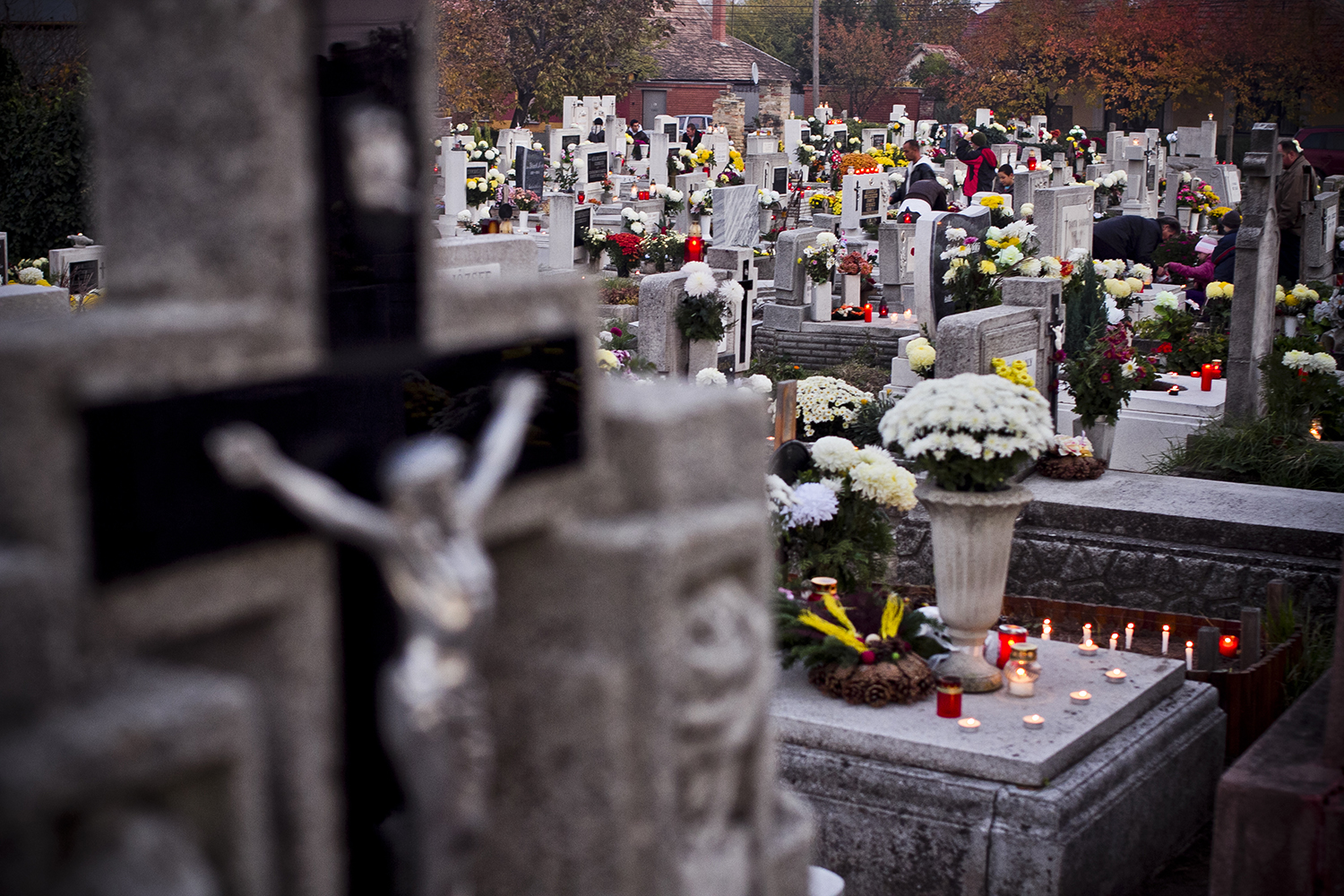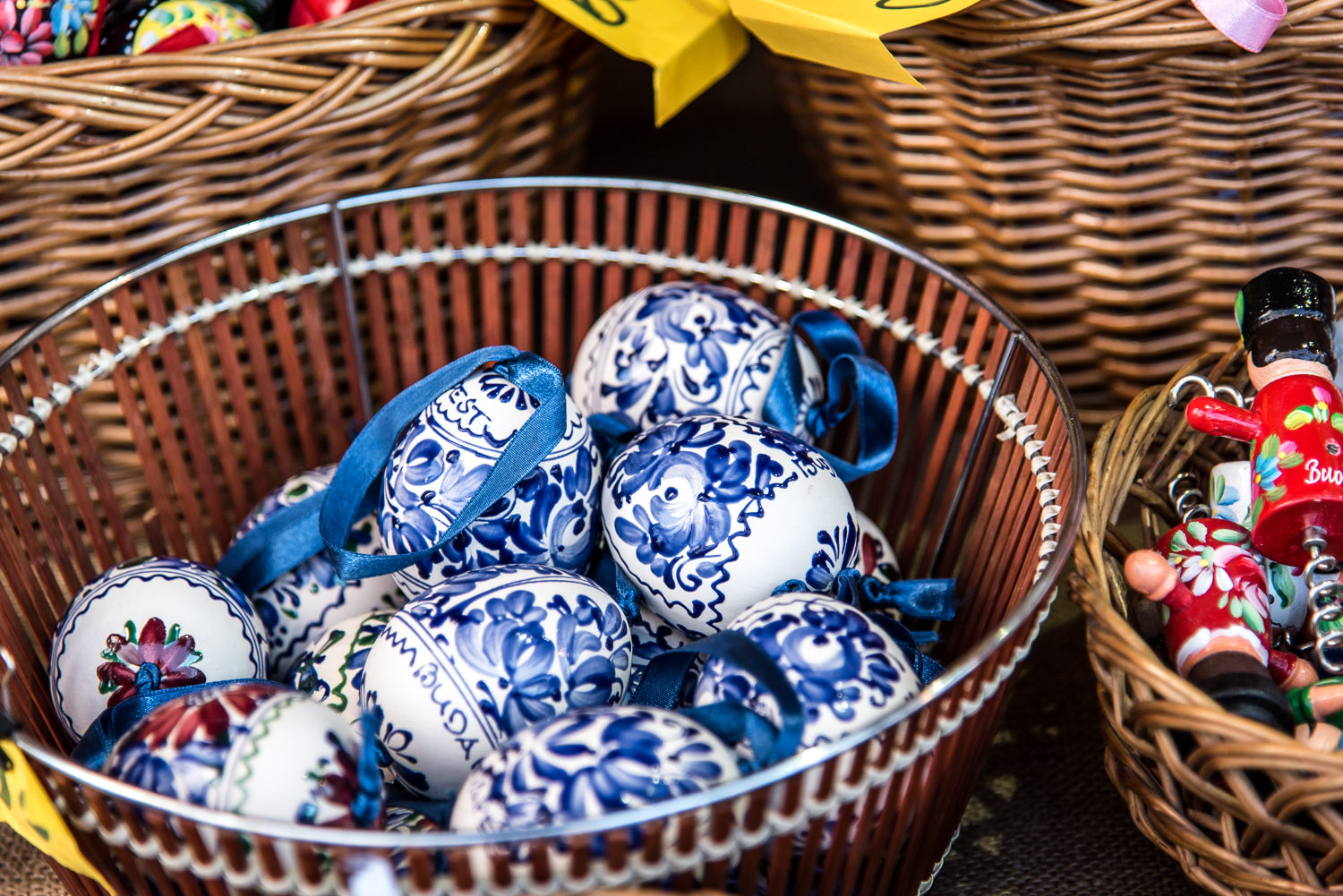On November 1st, it is a custom among most Hungarian families to make a pilgrimage to the tombstones of their departed friends and relatives, to clean and decorate them with flowers – often with seasonal chrysanthemums – and place commemorative candles on the tombstones, which, based on Christian traditions, represent eternal light. According to folklore, on this day there is a special bond between the living and the dead, and as there are divergent beliefs in the different regions of Hungary, traditional customs vary from village to village.
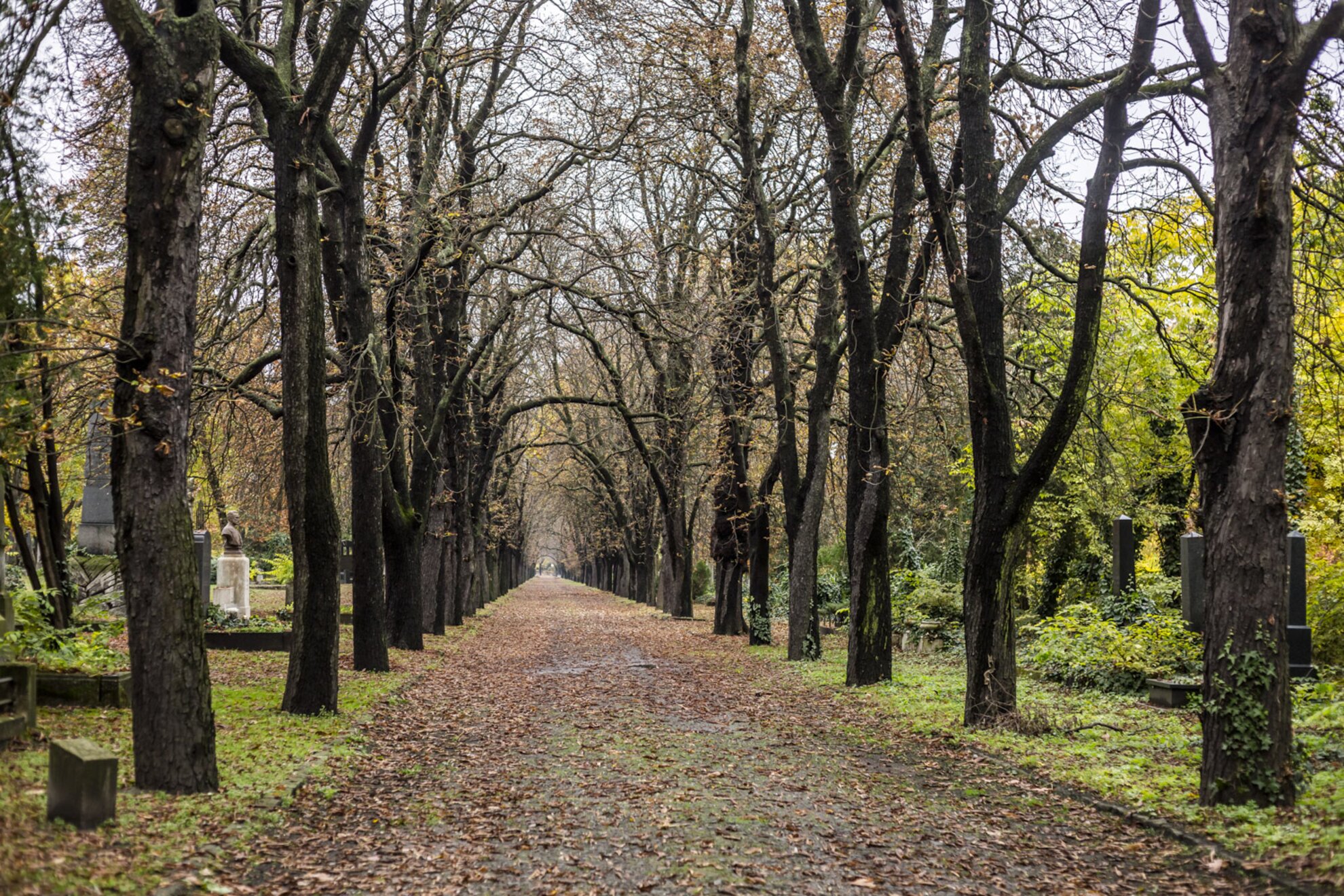
All Saints’ Day is an annual Christian holiday held on different dates in various parts of the world, but several Western Christian denominations, such as in Hungary, honor all Christian saints (especially those who don’t have special feast days of their own) on November 1st. During the 4th century in Europe, All Saints’ Day was celebrated on the first Sunday after Pentecost (as it still is in Eastern Catholic and Orthodox Churches), but the holiday first started falling on its current day in the 8th century during the era of Pope Gregory III, who ordered the building of an oratory in St. Peter’s Basilica for the relics “of the holy apostles and of all saints, martyrs, and confessors”; however, this day was only made an official holiday by Pope Gregory IV in the 9th century. After Hungary was established as a Christian country in the year 1,000 by founding King Saint Stephen, the Magyar people abandoned their pagan ways to adopt All Saints’ Day along with all other Christian traditions.
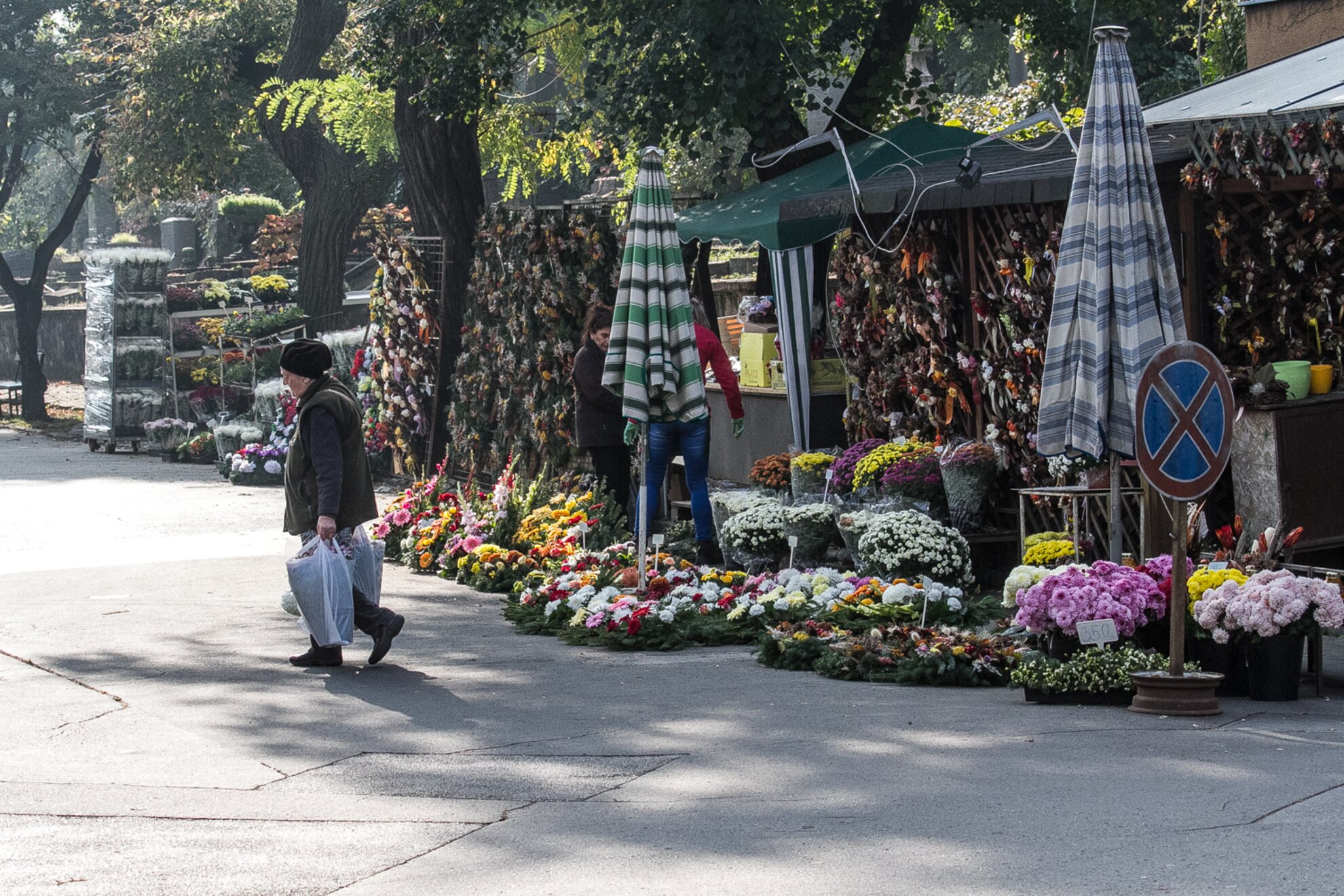
As superstitious Hungarians of olden times believed that dead souls emerge from their tombs on this night, they often strove to support the spiritual journey of the departed in various ways; some people thought that by lighting candles they would help wandering souls warm up by the flame, and find their way back to their tombs without disturbing the living. Others set the dinner table to include places for their late relatives as well – providing the deceased with salt, water, and bread – and lit a candle in every room of the house to enable them to look around their old family home. Other people made a bread loaf that they took to the cemetery to share with beggars by the gate.
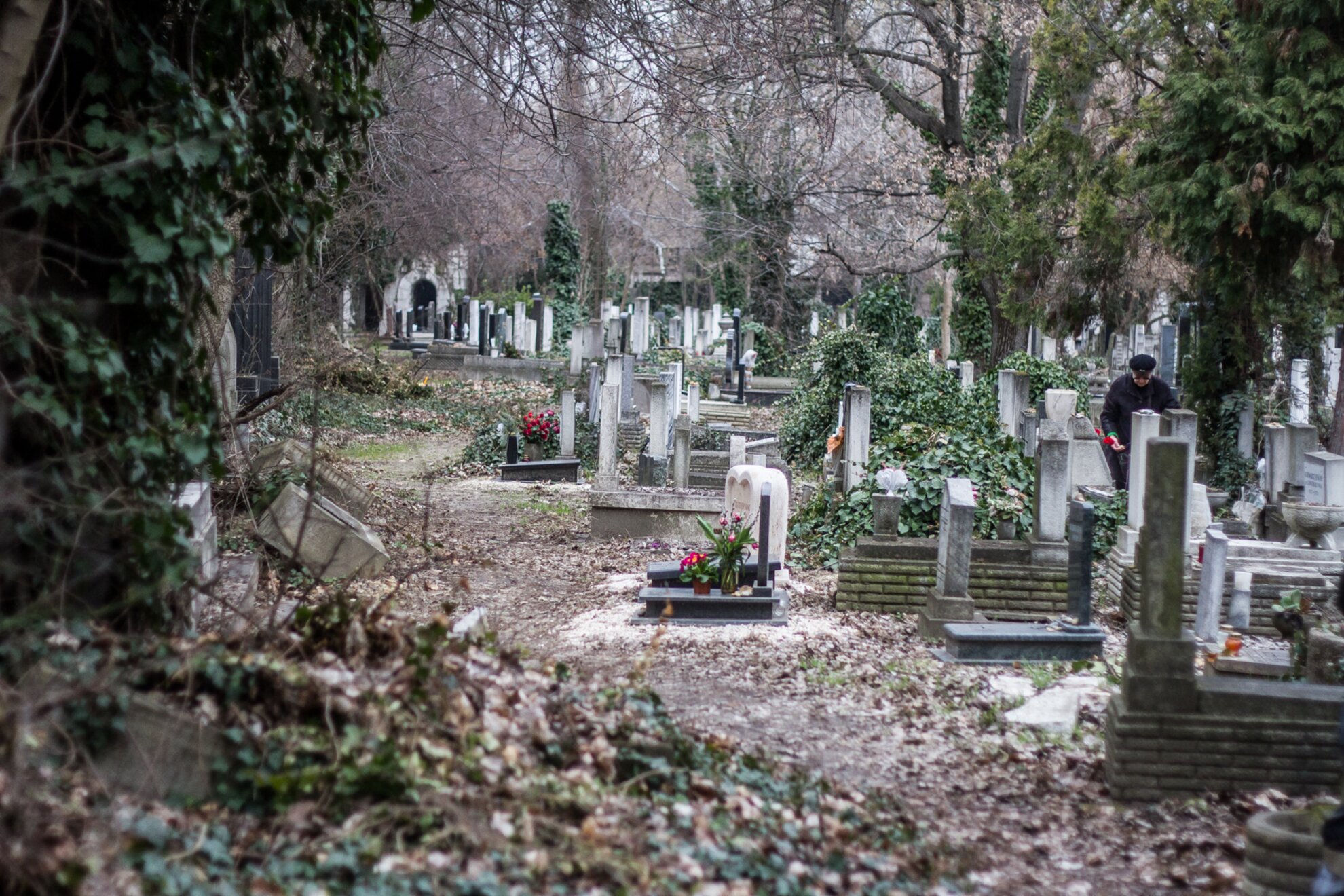
Today, this hallowed holiday hardly ever involves religious and superstitious customs among Hungarian families, and although it is still an immensely important solemn celebration, it is not as sorrowful and grief-stricken as it may seem. This holiday inspires Hungarian families to gather and take time to go to the cemetery together, and instead of just quickly tidying up the tomb, they stay awhile and reminisce about the good deeds of their late kinfolk who are no longer with them.
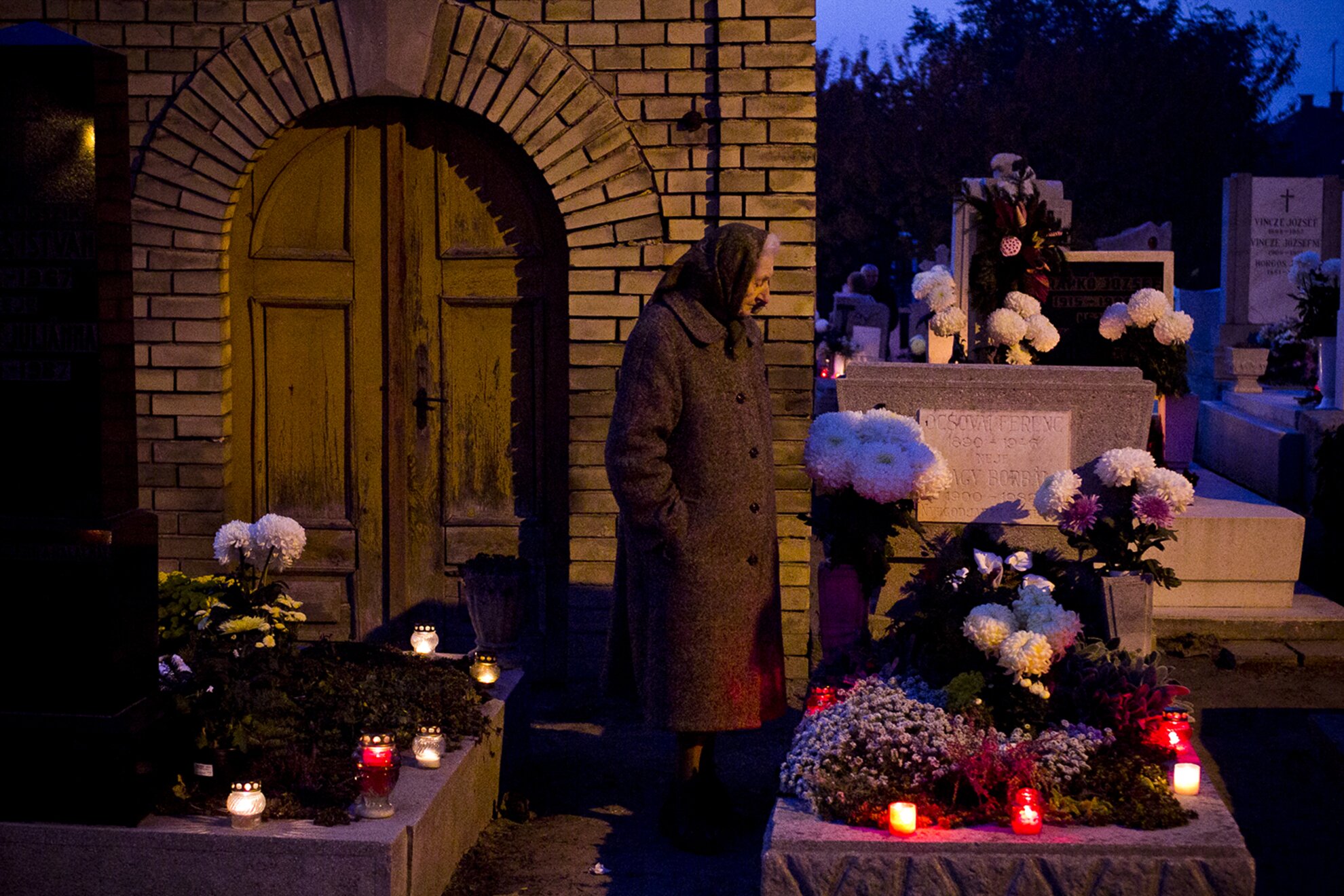
These gatherings are usually not tearful sessions of mourning, but rather a pleasant commemoration to remember how loving our grandmother’s hugs felt, how brave our grandfathers were, how funny the jokes were that our uncle would tell, and how crazy the adventures were that we enjoyed with an old friend.
These shared reveries are often enhanced by old acquaintances who pass by to place a candle on the grave and stop to say how we look so much like our grandparent – making us realize that our loved ones are dearly missed by many other people as well, leaving us with a somewhat pleasant feeling as we stand proudly surrounded by the whole family. As it is highly likely to run into an old friend of our dearly departed relatives, we are often left with kind commemorative words and a nice sensation of nostalgia. This event helps Hungarians accept death as part of the circle of life, providing some soothing comfort in knowing that even when they pass away, at least once a year they will be remembered by many kind-hearted people.

If you would like to experience this special celebration on November 1st, we recommend heading to Budapest’s cemetery on Fiumei Road, where you can stroll around the grand graves and magnificent mausoleums of several great Magyars of history alongside ordinary tombstones; observing the family members paying loving tribute to their ancestors here will provide a glimpse into the heart of undying Hungarian affection.
